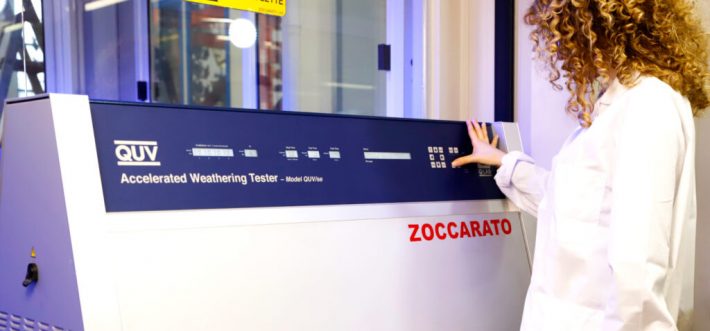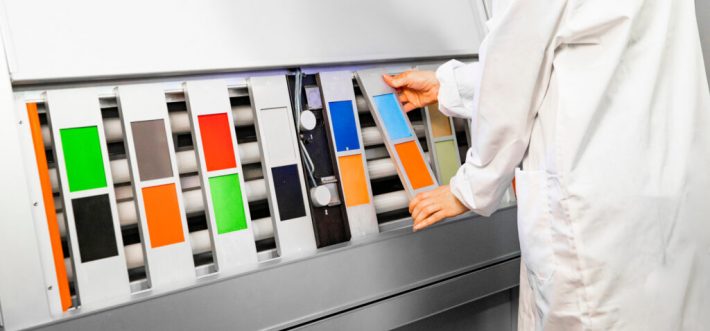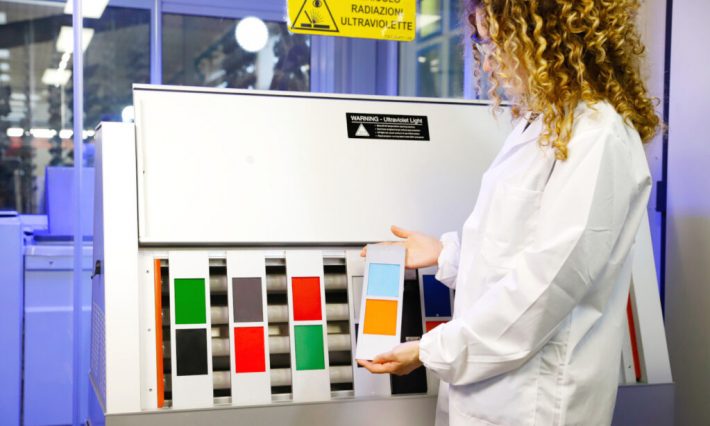The accelerated ageing test allows us to reproduce in the laboratory the damage that an article would suffer over months or years of exposure to sunlight, rain and dew, all in a matter of days.
When we buy something, whether, for private or professional use, we always hope that it will retain its characteristics as much as possible. We hope that it will look the same even after many years, that it will not be structurally damaged, that something will not affect its functionality. In other words, that it will last.
Very often, however, this remains a hope, because in many cases there is no way of knowing what will happen in a few years, except by relying on personal experience, predictions and opinions that are more or less true and reliable.
Fortunately, in industrial coating, this can be precisely defined, leaving little room for doubt and misunderstanding. It is a sure thing, of course, which in some ways reassures us about certain aspects of surface treatments. Let’s find out what the Accelerated Weathering Test (alsa called UV Test)is and why it is often fundamental in the decision-making and design phases related to coating.

“Seeing into the future” is perhaps the best expression to describe how the test works.
The accelerated ageing test allows us to reproduce in the laboratory the damage that an article would suffer over months or years of exposure to sunlight, rain and dew, all in a matter of days.
This is an ageing simulation in which special instrument subjects selected materials to alternating cycles of radiation with special UV lamps and humidity, as well as controlled high temperatures. It is an extremely useful test to understand the resistance of a surface treatment against time and external agents, in order to evaluate its long-term effectiveness.

One of the most interesting aspects of this test is the so-called “irradiance control”: this is a precision control system that automatically maintains the light intensity thanks to a feedback system. In practice, a dedicated controller monitors the intensity of the UV light and compensates for any lamp decay or other variable by adjusting the power.
This system is vital as it ensures better reproducibility and repeatability of the tests, a key factor in any test, so that a standard can be set.
The standard governing this test is ISO 16474:2014.


